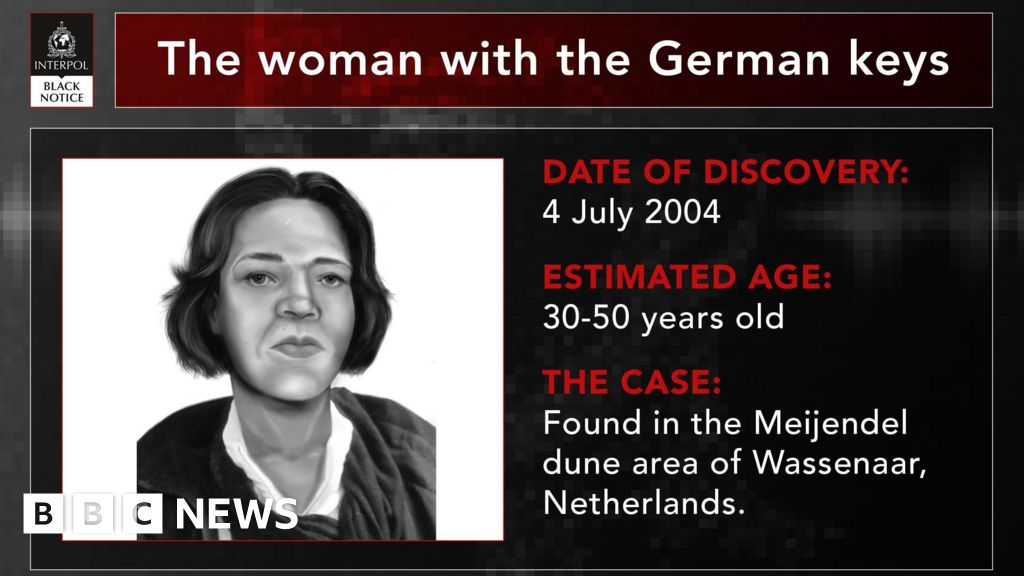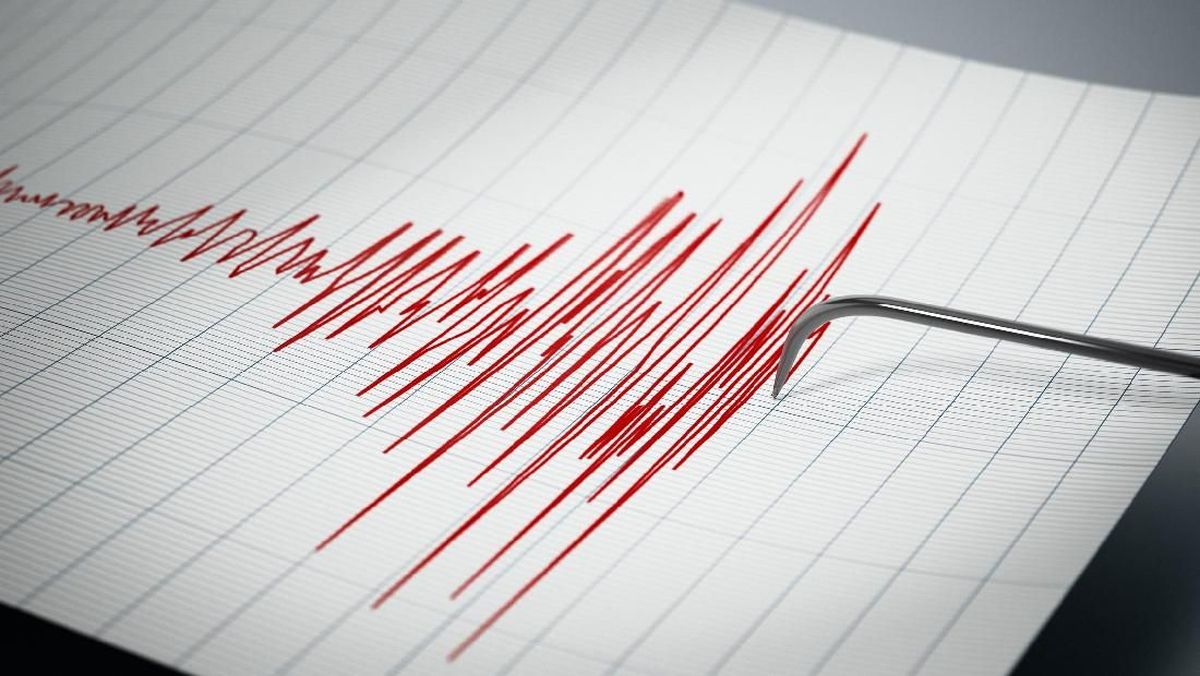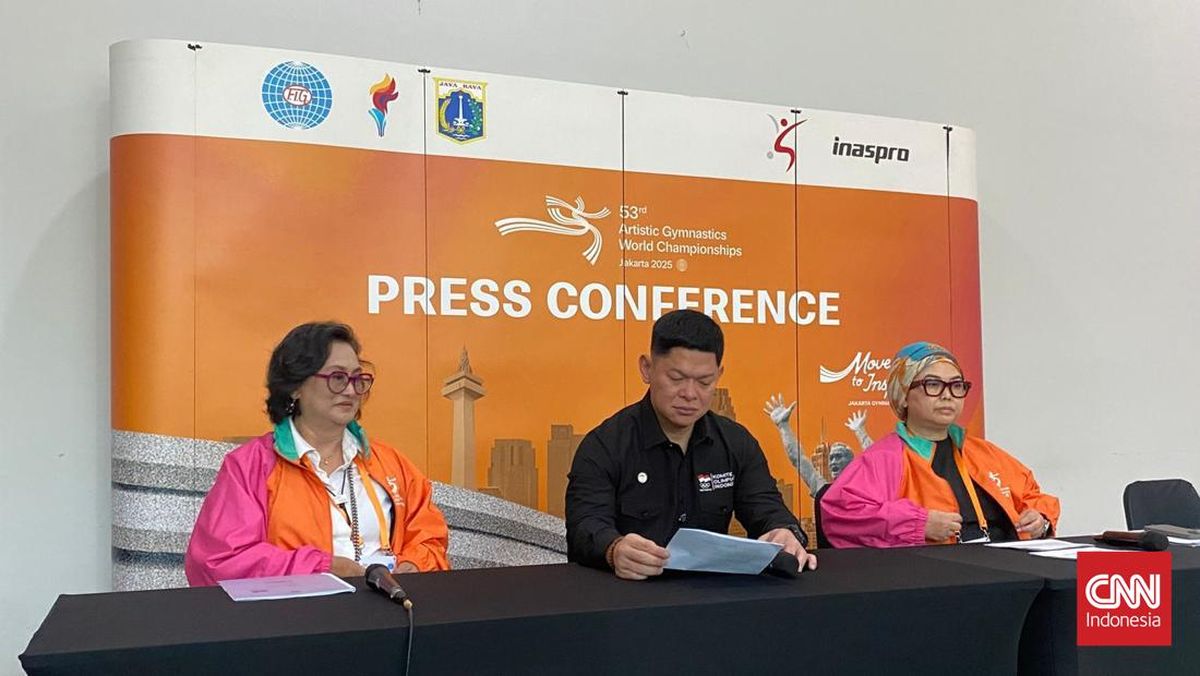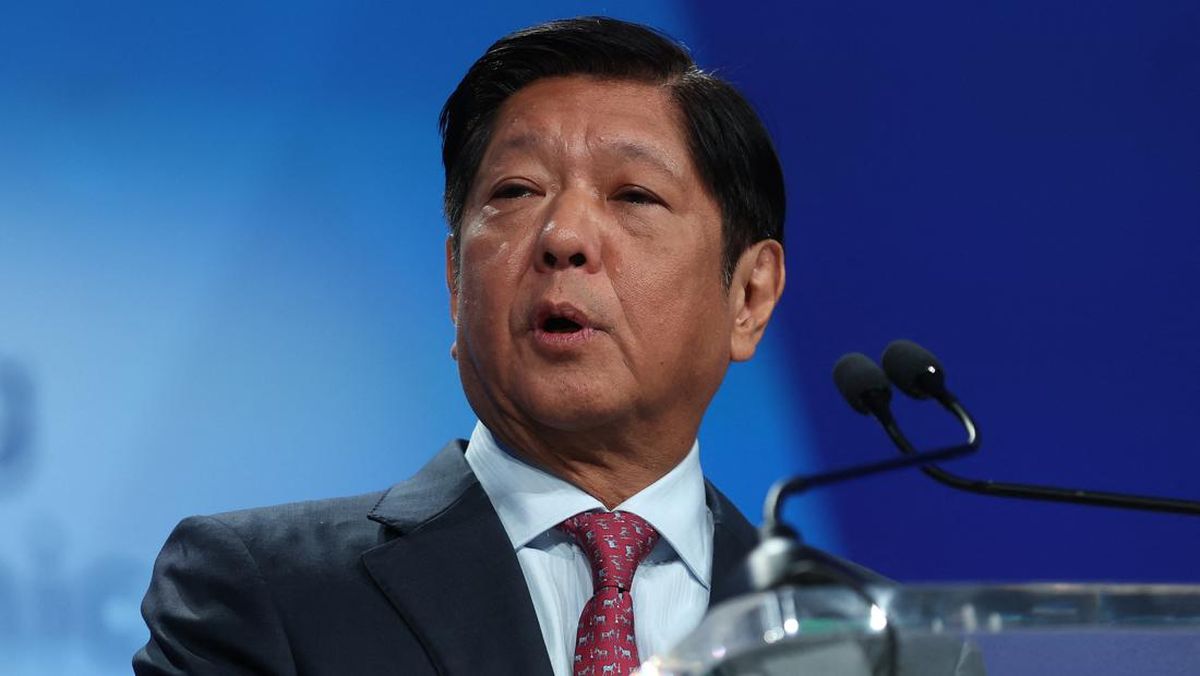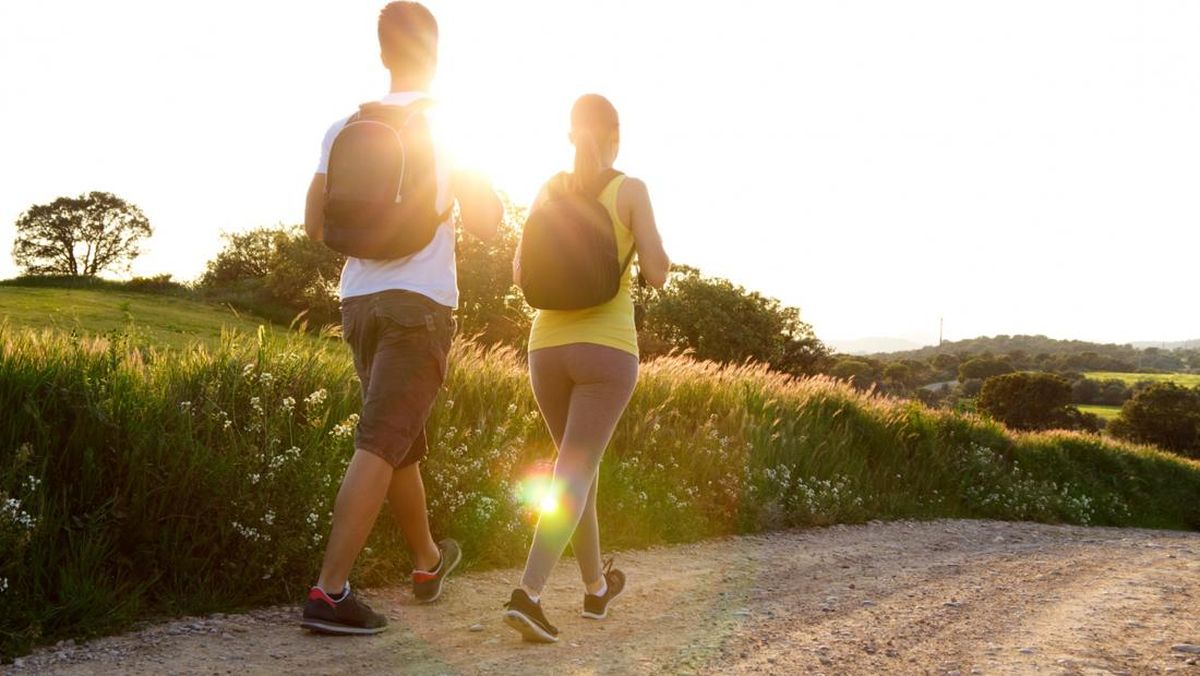More women are being forced to wait for their criminal trials from behind bars, but only half are receiving a prison sentence as the state faces a female “remand crisis”, a landmark report has found.
Experts have warned that bail crackdowns intended to keep domestic abusers and violent criminals off the streets have unintentionally led to more vulnerable women being left to wait for their sentencing from behind bars, rather than accessing support programs.

Jenny Holmes supports women leaving the prison system.Credit: Dominic Lorrimer
A coalition of advocates and support service providers handed the state government a slew of recommendations with the goal of halving the rate of women’s imprisonment in NSW by 2030.
From 2014 to 2023, the rate of women charged and convicted in NSW has risen by 40 per cent. Quarterly Bureau of Crime Statistics and Research (BOCSAR) data shows 903 women were in prison in June this year, and 56 per cent of those were on remand.
That is up from 717 women in June 2014, when 31 per cent of women were on remand. Women comprise a fraction of the prison population; at June this year, there were 12,219 men in prison.
More than half of all women in prison are on remand, and 52 per cent of those will not receive a custodial sentence at the end of their remand period. BOCSAR data shows that prison time made up 4.1 per cent of all female sentences in NSW, and 77 per cent of those sentences were between zero and six months long.

The female-only Dillwynia Correctional Centre.Credit: Janie Barrett
Keeping Women Out of Prison (KWOOP) Coalition says the government urgently needs to invest more in diversionary programs and early intervention to keep these women in stable homes with appropriate mental health support.
Darug and Dharawal woman Jenny Holmes knows first-hand how important diversionary programs can be to changing the trajectory of a woman’s life. When she was a young woman struggling with her mental health, she turned to heroin to self-medicate.
She became addicted, began selling drugs and was later charged with armed robbery while she was pregnant with her son. After a stint in police lock-up, Holmes was able to go to a rehabilitation centre rather than serve her sentence in prison.
Loading
Now in her 50s, Holmes works with women coming out of the prison system.
“I often think if it was my time now, I would have never got out of prison,” she said. “These women are going to prison for bullshit charges like shoplifting, not violent crimes.”
Indigenous women are 22 times more likely to be imprisoned than non-Indigenous women.
In NSW, remand levels reached a record high at June 2025 across men and women, consisting of 44 per cent of the prison population – that’s 5800 inmates.
Loading
Women who are remanded in custody can lose their home if they can’t pay rent, may lose their social housing and employment, and may lose custody of their children, KWOOP co-chair and criminologist Professor Eileen Baldry said.
Baldry said that because 60 per cent of the female prison population were mothers of dependent children under the age of 18, a magistrate’s decision to refuse bail can have intergenerational impacts on a child who is separated from their parent.
“The shift in not assuming that bail should be given has captured a whole range of people like women who are vulnerable to being caught up in the criminal system because they are poor, disadvantaged, have criminal histories or may have been in juvenile justice,” she said.
“This is not something that is solved in three months, but we have the evidence that if those supports are provided, at a much lower cost than keeping that woman in prison for a year, then the outcomes are significantly better.”
Baldry and her colleagues have presented a strategy with 18 recommendations to the state government, which includes establishing a 30-day temporary housing guarantee for women leaving prison.
A government spokesperson acknowledged KWOOP’s “important” work but did not say if any or all 18 recommendations would be implemented.
“We share their vision for better outcomes for women and children,” the spokesperson said. “The government is committed to creating a safer corrections system for women by implementing cultural reforms and developing a dedicated women’s strategy that prioritises safety, rehabilitation, and reintegration.”
Most Viewed in Politics
Loading







